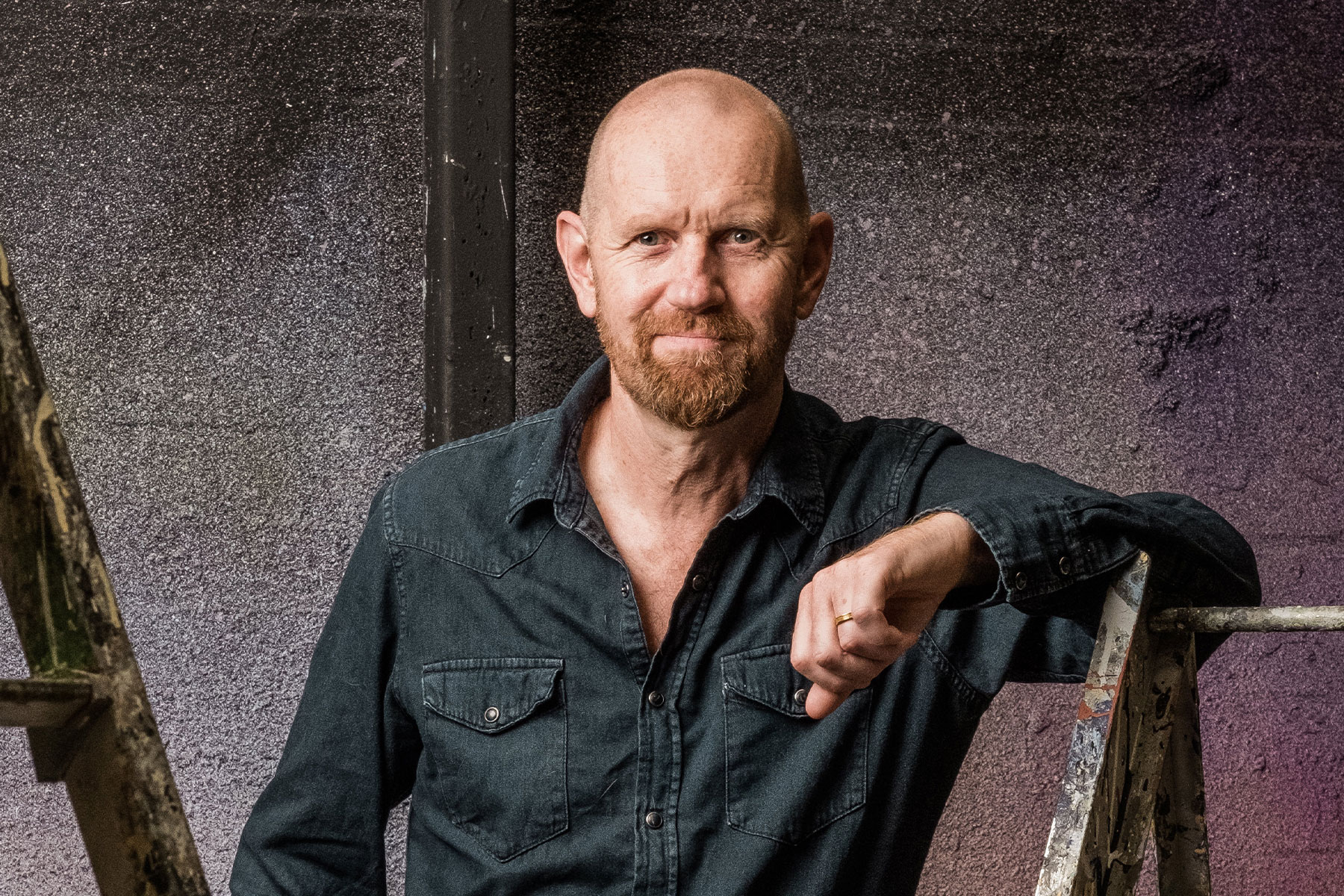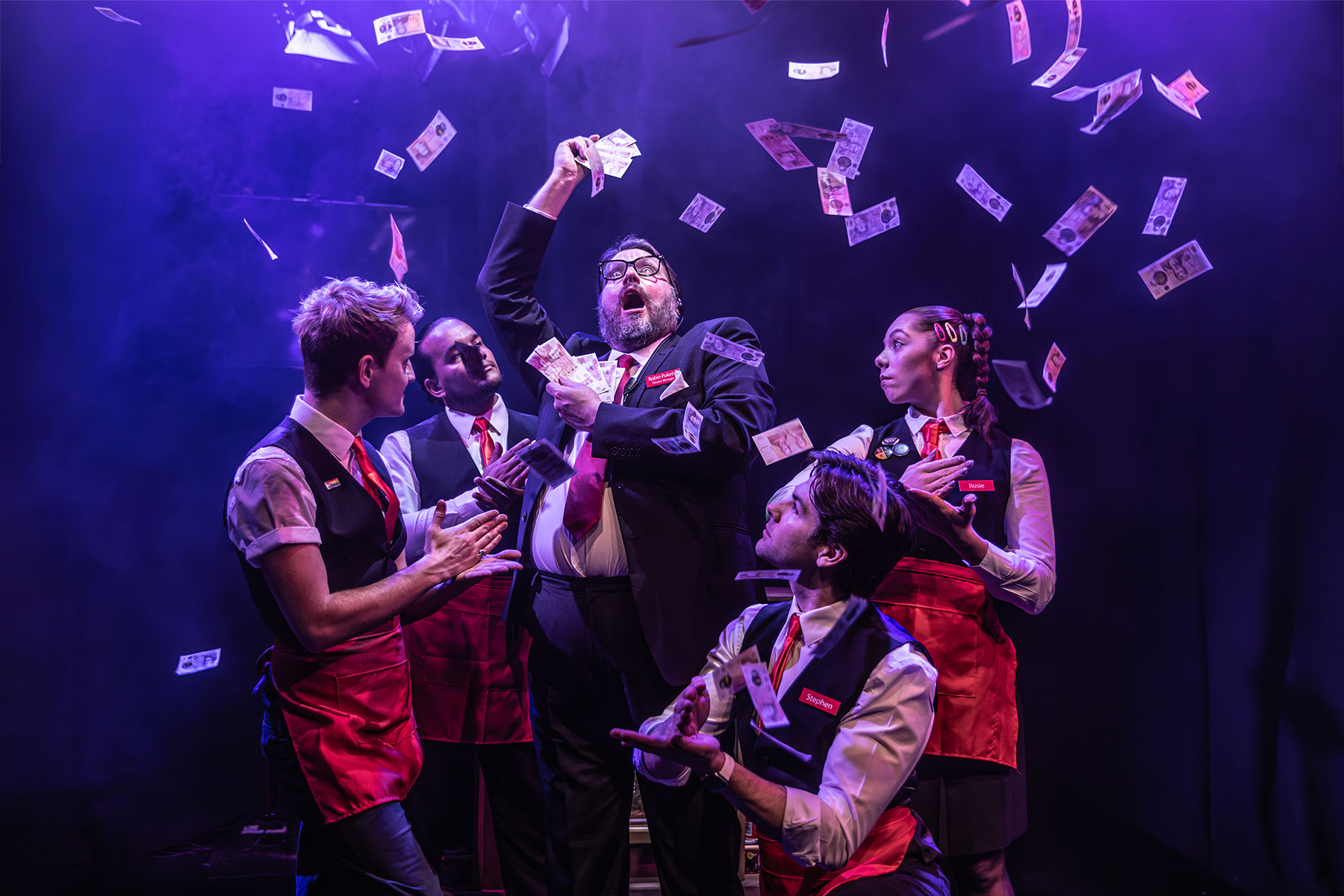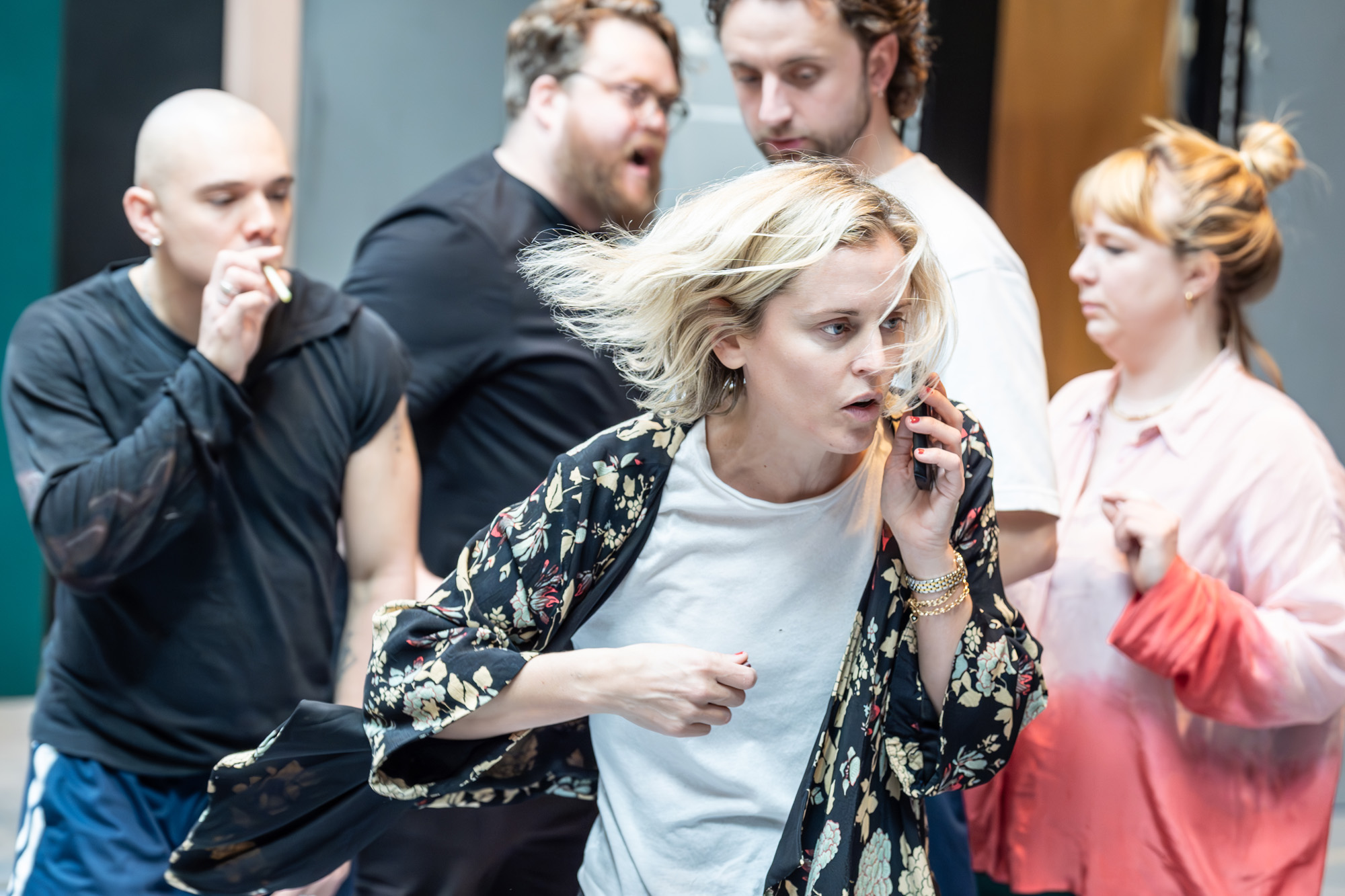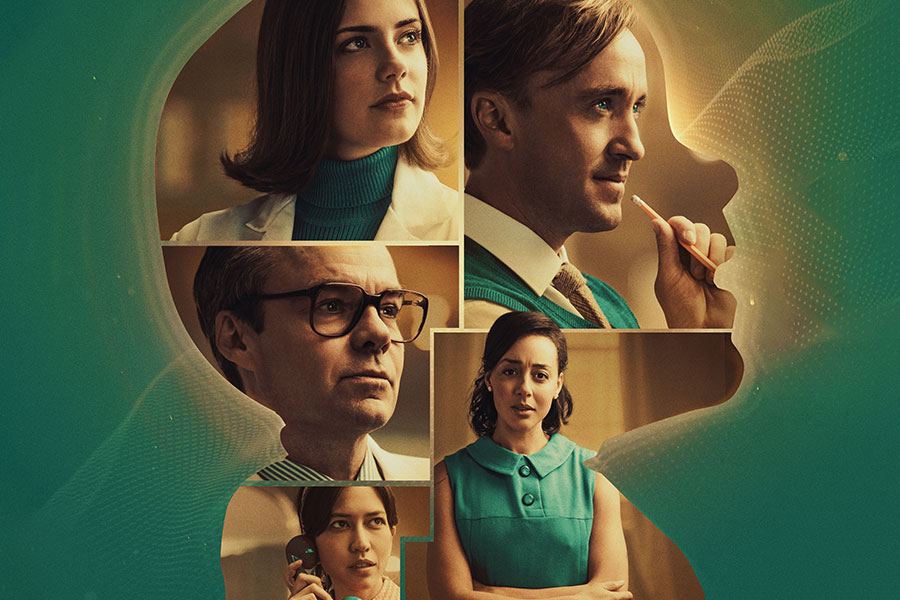The Doctor’s Dilemma

The genius of the play, which is given a wonderfully limber and entertaining revival by Nadia Fall, making an auspicious NT debut, lies in its humanising the real dilemma: that of how best to direct resources in the health service, and provide for those unable to afford the best and newest treatment.
Ridgeon – played with a triumphant finality in a major performance from Aden Gillett – has a limited supply of serum for his ten tubercular patients, and he can help either the artist Louis Dubedat – the role originated by Granville Barker, played on film by Dirk Bogarde and here given a powerful, compelling vivacity by Tom Burke – or the overrun, impoverished GP Blenkinsop (deferential Derek Hutchinson).
The same scarcity (or expense) of life-saving drugs exists today. As does the hilarious sense of hierarchy and self-importance in Shaw’s gallery of bearded quacks – one surgeon and a handful of physicians, with Malcolm Sinclair‘s pontifical Sir Ralph Bloomfield Bonington ruling the roost – and the random, “experimental” nature of diagnosis.
For Robert Portal‘s bluff Cutler Walpole, it’s all down to blood poisoning and removing the nuciform sac (if you’ve got one). Bloomfield Bonington favours the stimulation of the phagocytes (white corpuscles), while David Calder‘s Irish veteran, Sir Patrick Cullen, tries to maintain a middle way of non-intervention.
And the sight of a heroic and loyal wife, Jennifer Dubedat, spiritedly played by Genevieve O’Reilly, fighting for Louis’ salvation, remains a great theatrical metaphor of how we must all fight for best attention in the health system, even today.
The play is handsomely and ingeniously designed by Peter McKintosh, gorgeously lit by Neil Austin, and punctuated with blasts of period music (and the clip-clop of horses outside the consulting rooms). In Dubedat’s studio, Jennifer is revealed – literally – as his life model, and her nude portraits adorn the fifth act Bond Street gallery.
Previous productions by Alan Strachan (1981) and Michael Grandage (1998) – at Greenwich and the Almeida – have emphasised different aspects of the play, its comedy and meaning, but I now realise it’s the play itself, so beautifully written, that shows a different face each time you see it; a masterpiece of prophetic social commentary, as well as a great love story.
(Photo: Johan Persson)










